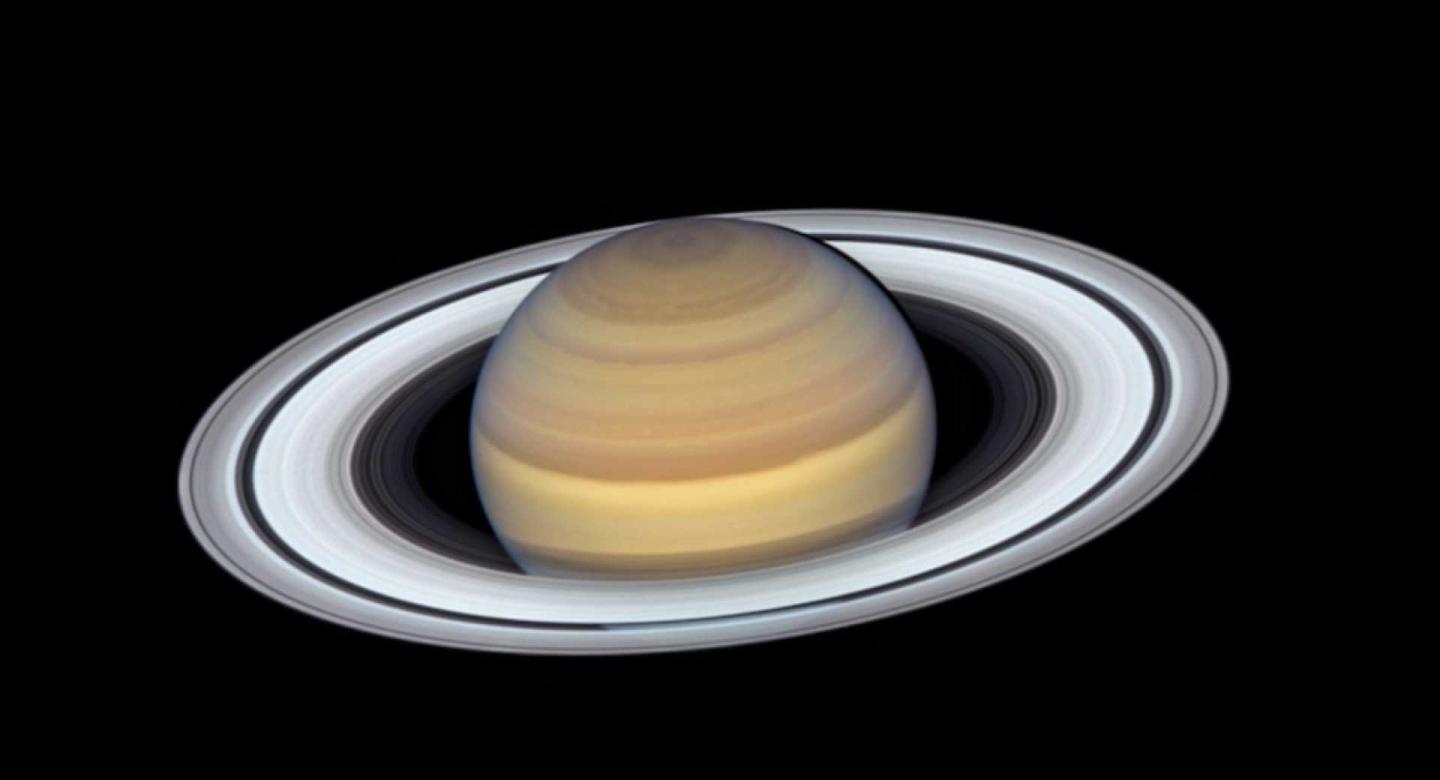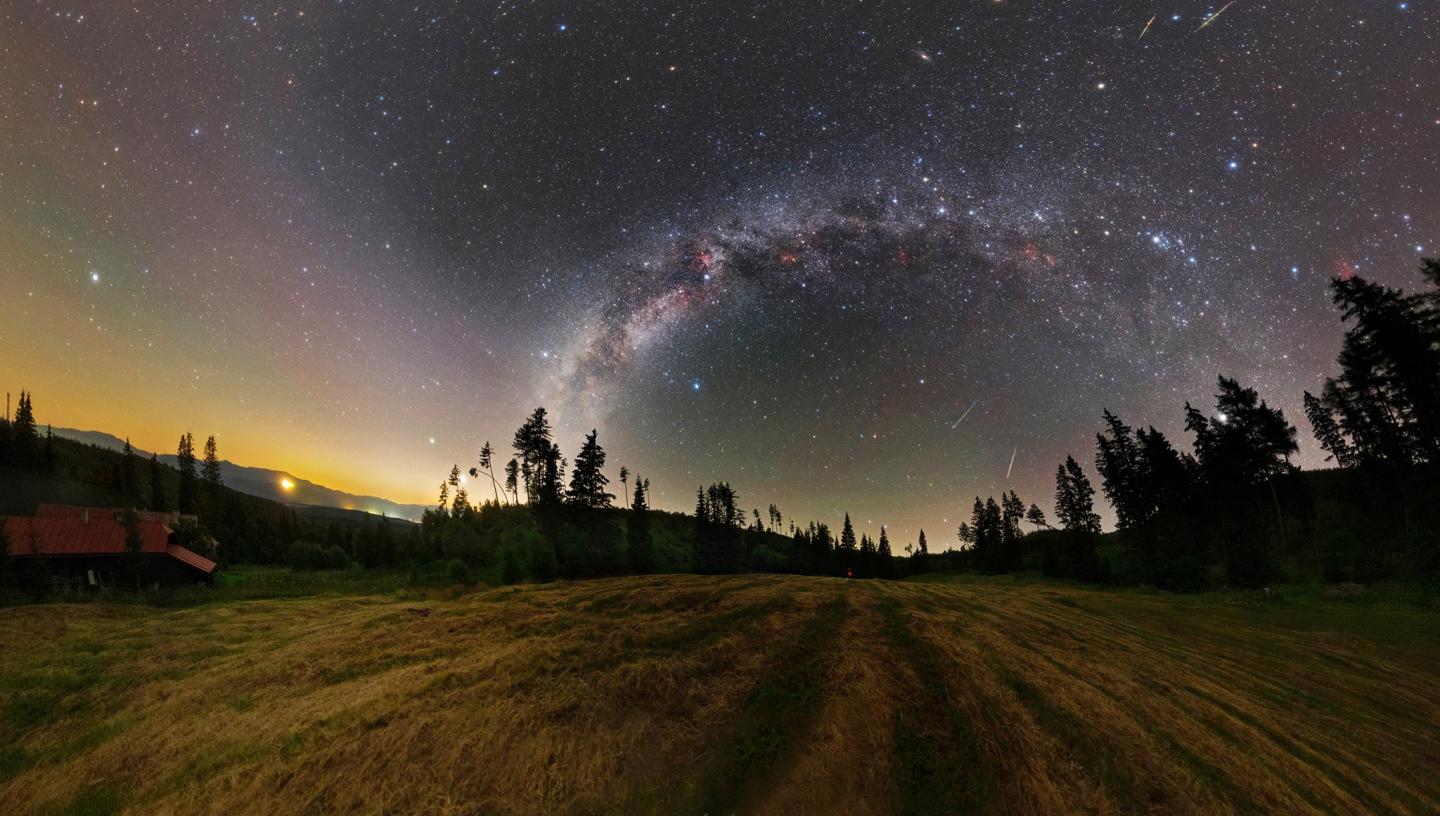
Essential Information
| Location |
Royal Observatory
|
|---|---|
24 Aug 2020
Discover what to see in the night sky in September 2020 including the planet Neptune and some deep sky objects
by Patricia Skelton, Astronomy Education Officer, with contributions from Arno Hahn (work experience student summer 2020)
Details given are for London and may vary for other parts of the UK
Top 3 things to see in the night sky in September:
- 5 Sep - The Moon and Mars are close together in the sky tonight.
- 11 Sep - Neptune reaches opposition and will be at its brightest.
- 17 Sep - Enjoy dark skies and look at some deep sky objects.
Look Up! Podcast
Subscribe and listen to the Royal Observatory Greenwich's podcast - Look Up! As well as taking you through what to see in the night sky each month, Royal Observatory Greenwich astronomers pick a topic to talk about. For September, they're talking about a possible explanation for the observed dimming of the star Betelgeuse. Have a listen below, then cast your vote on our Twitter poll (@ROGAstronomers) during the first week of the month.
Royal Observatory Greenwich · Look Up! September 2020
Our podcast is available on iTunes and SoundCloud
Astronomy in September 2020: key events and what to see
The month of September marks the end of summer and the beginning of autumn. Although many might expect that Autumn begins at the start of the month, astronomers use the autumnal equinox, which occurs on the 22 September to signal the beginning of Autumn. An equinox occurs when the sun crosses the celestial equator (a projection of the Earth's equator in space). At the autumnal equinox in the northern hemisphere, the Sun crosses from north to south. The word equinox is derived from the Latin words aequus (equal) and nox (night). The hours of daylight and darkness will be at their most equal on the 22 September but, more importantly, we will begin to have longer hours of darkness from there on out and so longer nights for stargazing.
5 September: The Moon and Mars
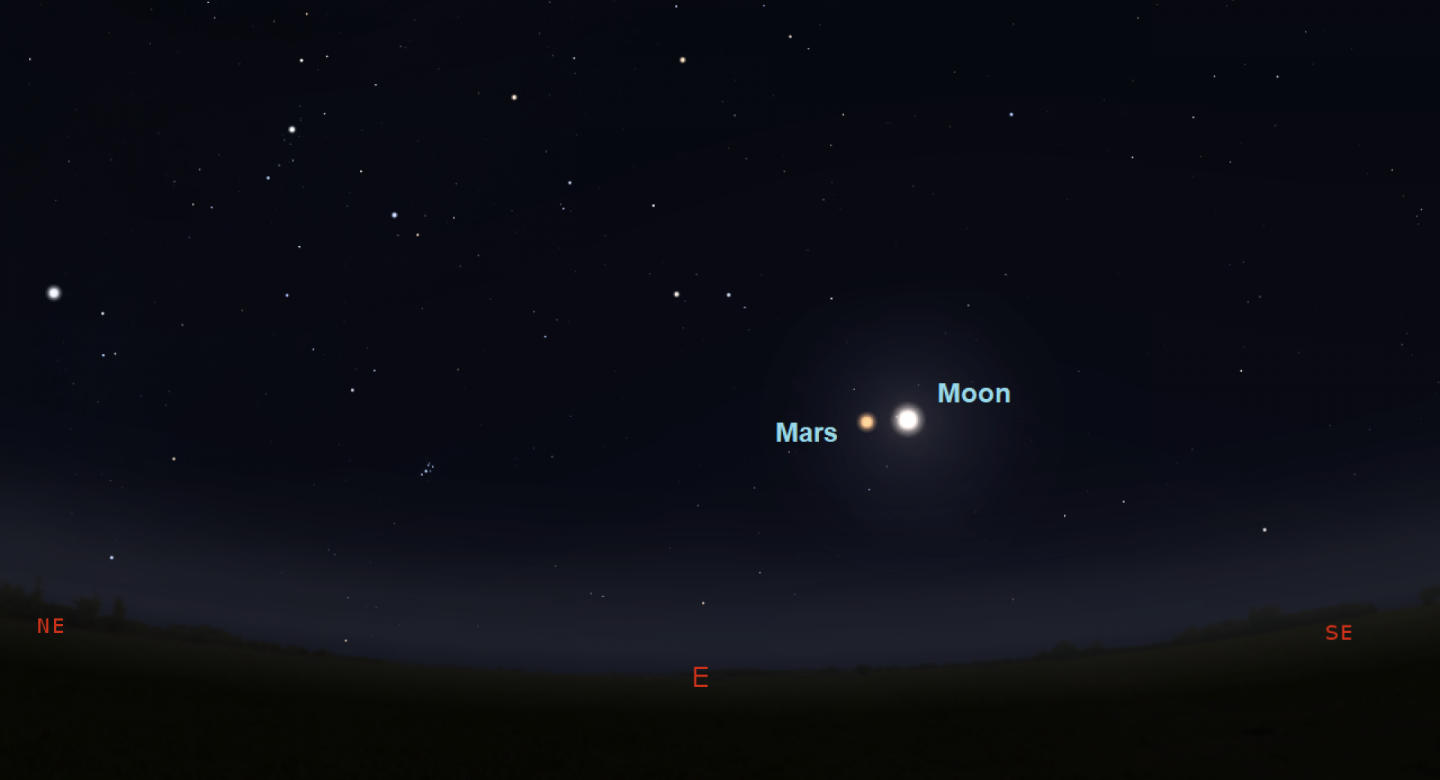
The Moon and Mars are two great naked eye objects to spot and the pair will rise close together in the constellation of Pisces at around 9:30pm in the east on the evening of the 5 September so they’ll be low on the horizon by 10pm. But wait until after midnight and into the early hours of the following morning to see the two appear to get closer until they reach conjunction (sharing the same right ascension) in the southern sky. At that point, at around 6:30am, the Moon will pass within half a degree of Mars but by then the light of the rising Sun may conceal the red planet from view.
11 September - Neptune reaches opposition
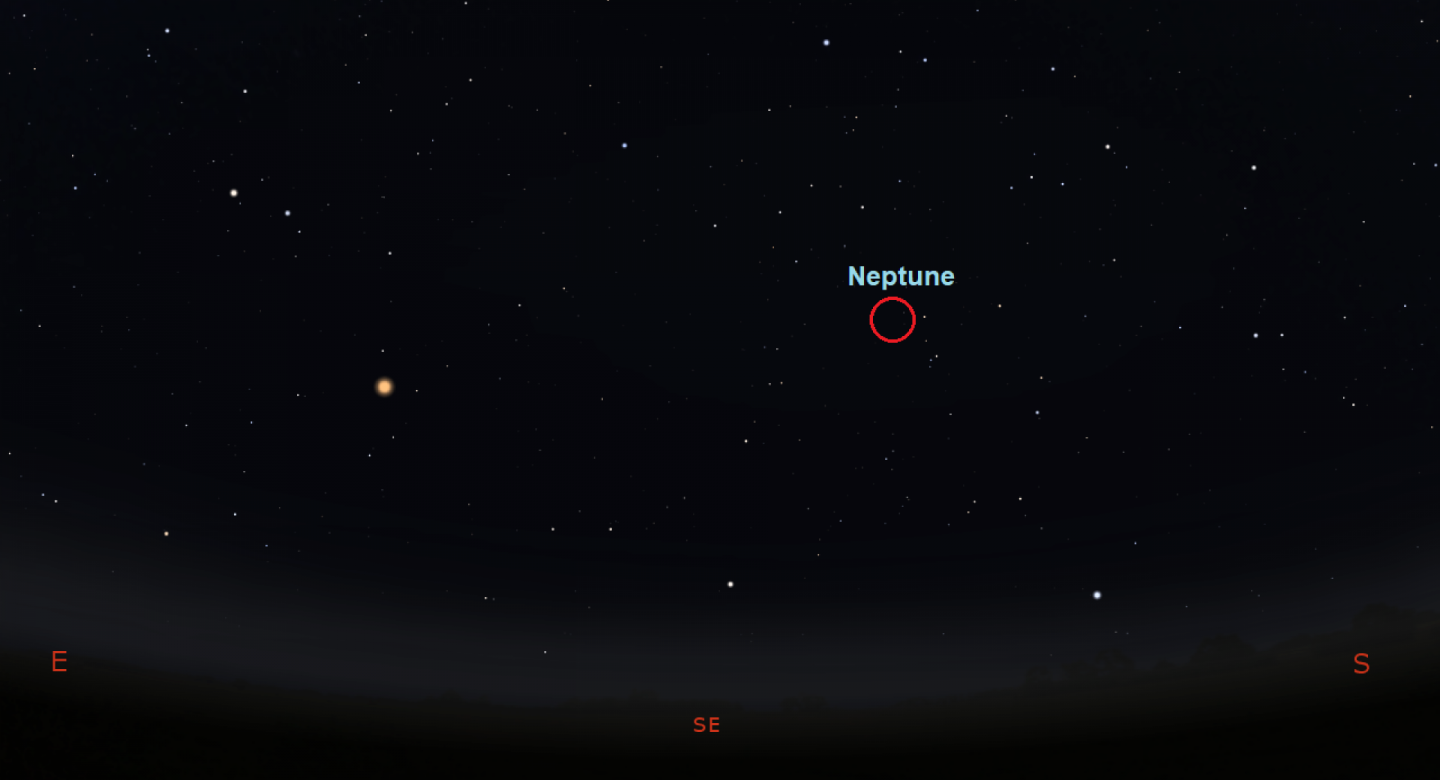
Both Jupiter and Saturn continue dominating the southern sky this month in the early evening for a few hours after the Sun sets. If you’ve got your telescope to hand, then look to Saturn to spot its rings and perhaps even point it to Jupiter to see the bands in its atmosphere. But another of the gas giant planets will be ideally situated for observation this month too - Neptune will be at opposition on the 11 September. This means that the planet will be at its closest to the Earth, at its brightest all year as a result and visible throughout the night with the planet reaching its highest point in the sky at midnight. It’s worth a look, but you will need a telescope to see this distant ice giant!
17 September - Have a look at some deep sky objects
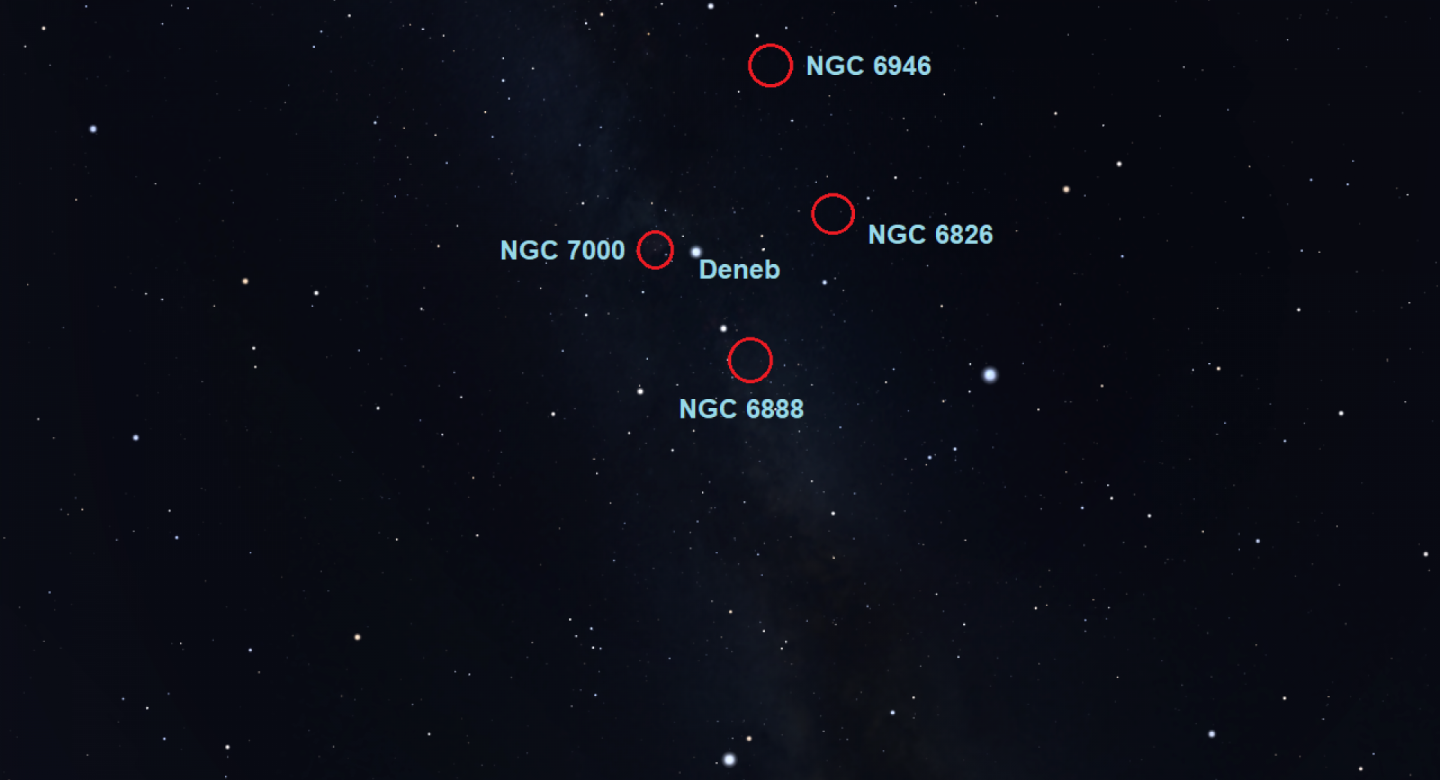
Deep sky objects are great to look out for too as we head into longer and darker nights, especially at the new moon which falls on the 17 September. The North America Nebula (NGC 7000), the Crescent Nebula (NGC 6888), the Blinking Planetary Nebula (NGC 6826), and the Fireworks Galaxy (NGC 6946) are all visible in the vicinity of Deneb in the constellation of Cygnus and are best viewed through a telescope. An ultra-high contrast filter may help you see these beautiful objects in more detail as they isolate and pick out specific wavelengths of light characterised by oxygen and hydrogen which are strongly emitted by planetary and most emission nebulae.
25/26 September - Craters on the Moon
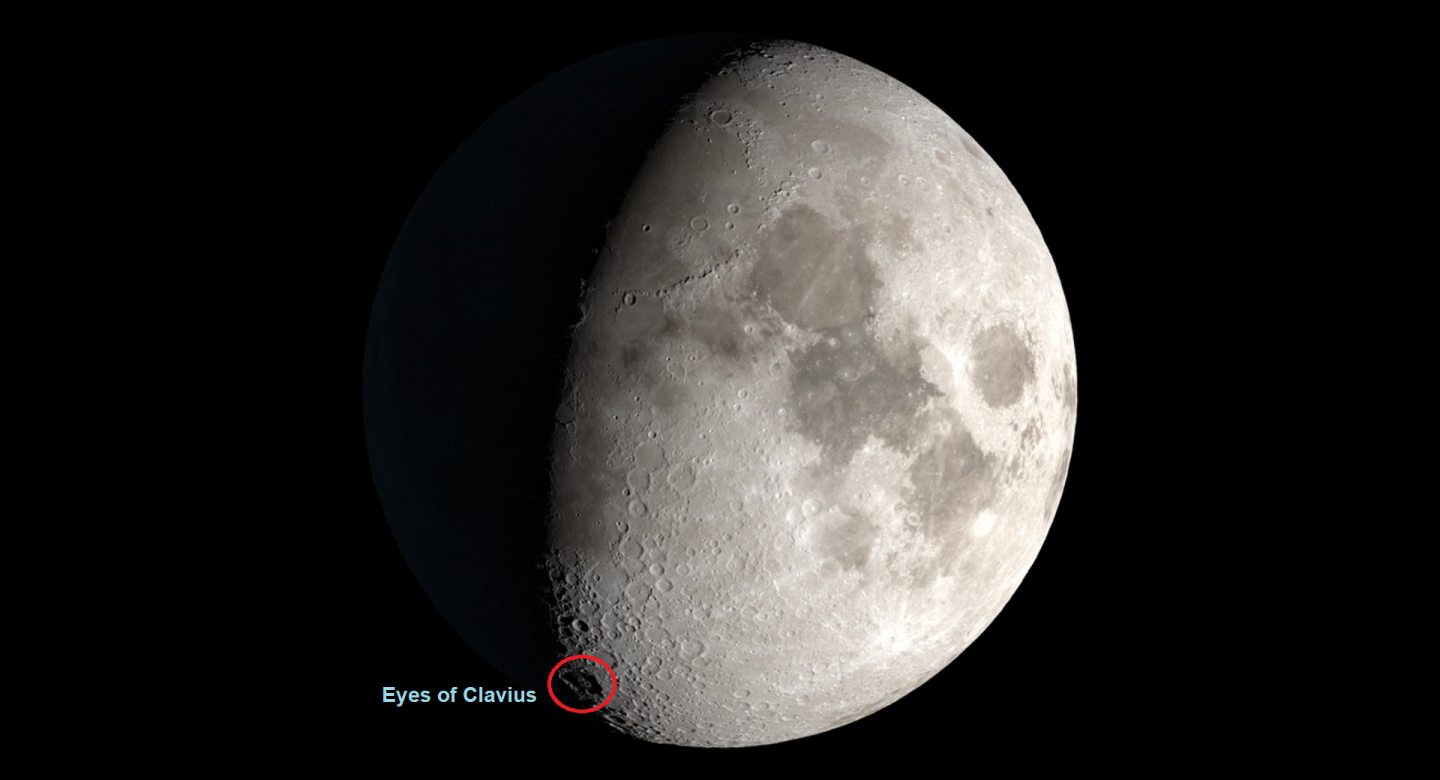
The corn full moon will be visible on the 2 September – the name comes from the early native Americans who would use the appearance of the September full moon as a sign to harvest their crops. But wait until a day or two after the first quarter moon which falls on the 24 September, to spot the Eyes of Clavius. Clavius is a large crater (231km across) that can be detected with binoculars and at this time (shortly after first quarter) it appears prominently along the terminator towards the southern edge of the Moon. While the crater floor is still in shadow, the rims of two of the craterlets within it become illuminated – appearing as eyes. The craterlets Clavius C and D give the impression of a face staring straight at you, so grab a telescope on the night of 25/26 September and point it towards the Moon which will rise in the south east in the early evening before it sets below the south-western horizon as midnight approaches. On those nights, you’ll also find Saturn and Jupiter close by too in the constellation of Sagittarius.
The Moon's phases this month
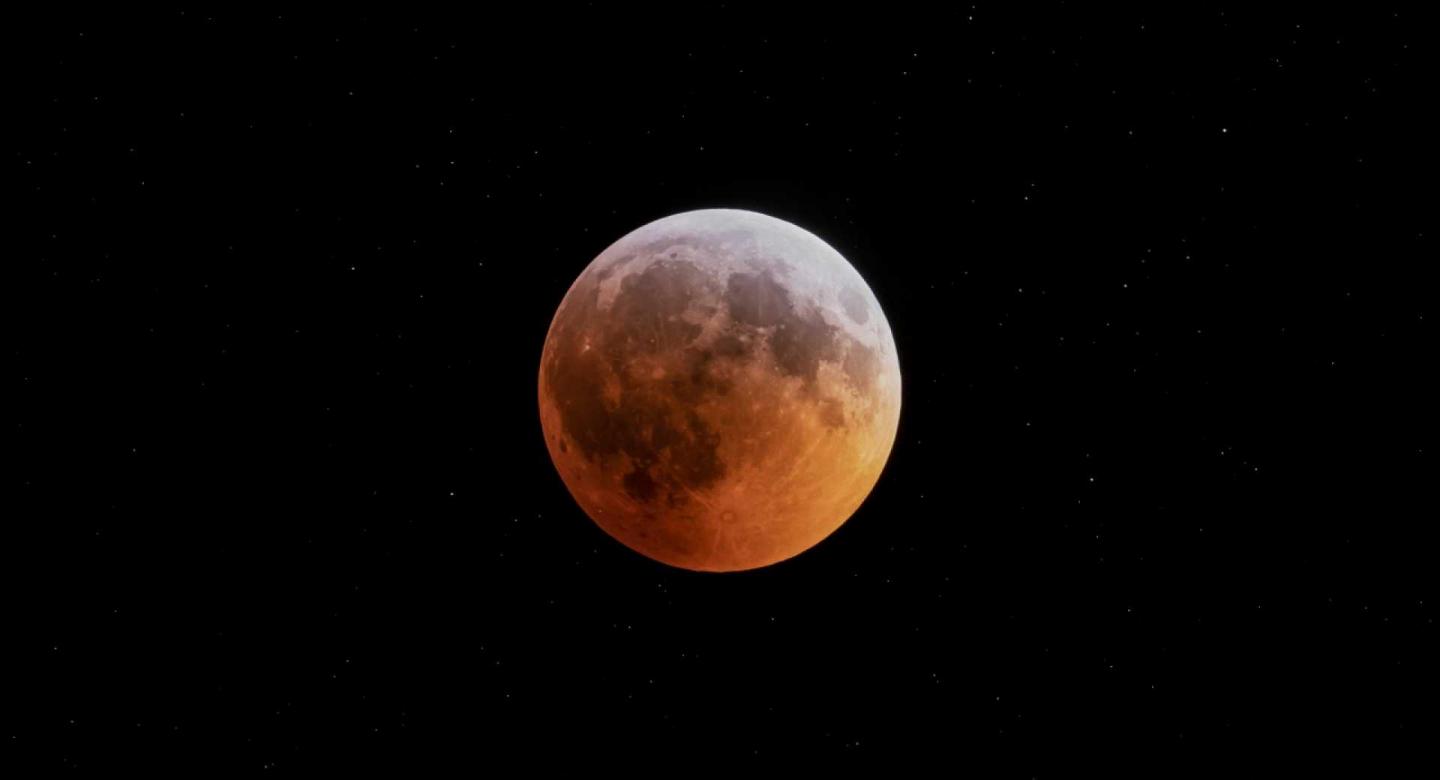
- 2 September: full moon (6:22am)
- 10 September: last quarter moon (10:26am)
- 17 September: new moon (12:00pm)
- 24 September: first quarter moon (2:55am)
Stargazing Tips
- When looking at faint objects such as stars, nebulae, the Milky Way and other galaxies it is important to allow your eyes to adapt to the dark – so that you can achieve better night vision.
- Allow 15 minutes for your eyes to become sensitive in the dark and remember not to look at your mobile phone or any other bright device when stargazing.
- If you're using a star app on your phone, switch on the red night vision mode.
- Need a stargazing telescope or binoculars? Check out our range of high quality observing equipment recommended by Royal Observatory Greenwich astronomers.
See our range of observing equipment
Share your astronomy pictures
Congratulations to Tomáš Slovinský for the stunning image of the night sky. Tomáš shared the image on our astrophotography Facebook page and we chose it for September's banner image.
Would you like the chance to have your image of the night sky used for our banner image? If so, share your photos via our Royal Observatory Astrophotography Facebook group
You can also connect with us on Twitter: @ROGAstronomers
Subscribe to our brand new YouTube channel and join us on a journey through time and space as we explore our wonderful Universe.
Solar System Discovery - Online Planetarium Show
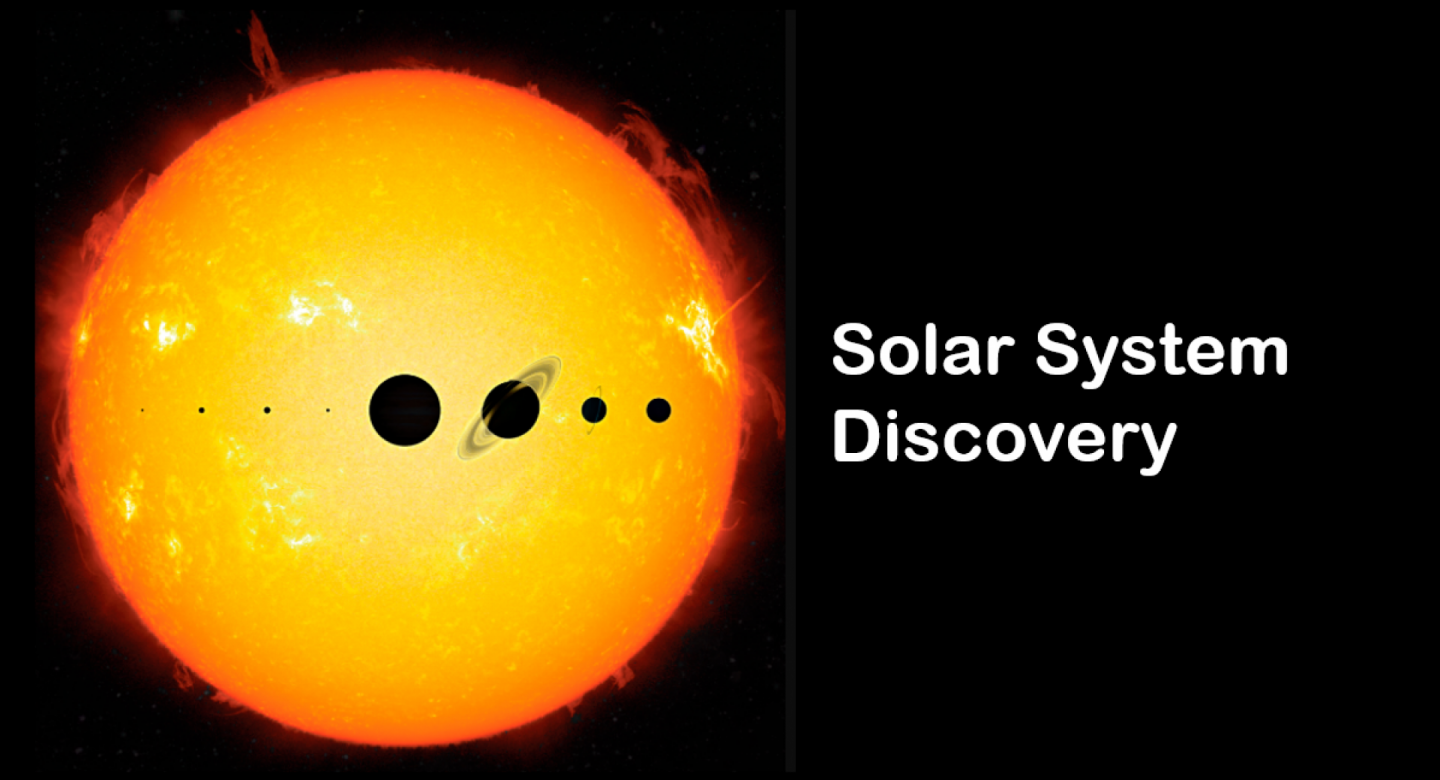
Join us for Solar System Discovery, a live online planetarium show presented by an astronomer from the Royal Observatory Greenwich. The Universe is a vast and intriguing place, and this show explores our own little corner of it: the Solar System. Starting from our home planet, the Earth, we’ll travel through our celestial neighbourhood, visiting objects like planets, moons and asteroids, and ending with a fly-out to view our galaxy, the Milky Way. For more information, click here.
Observatory Online
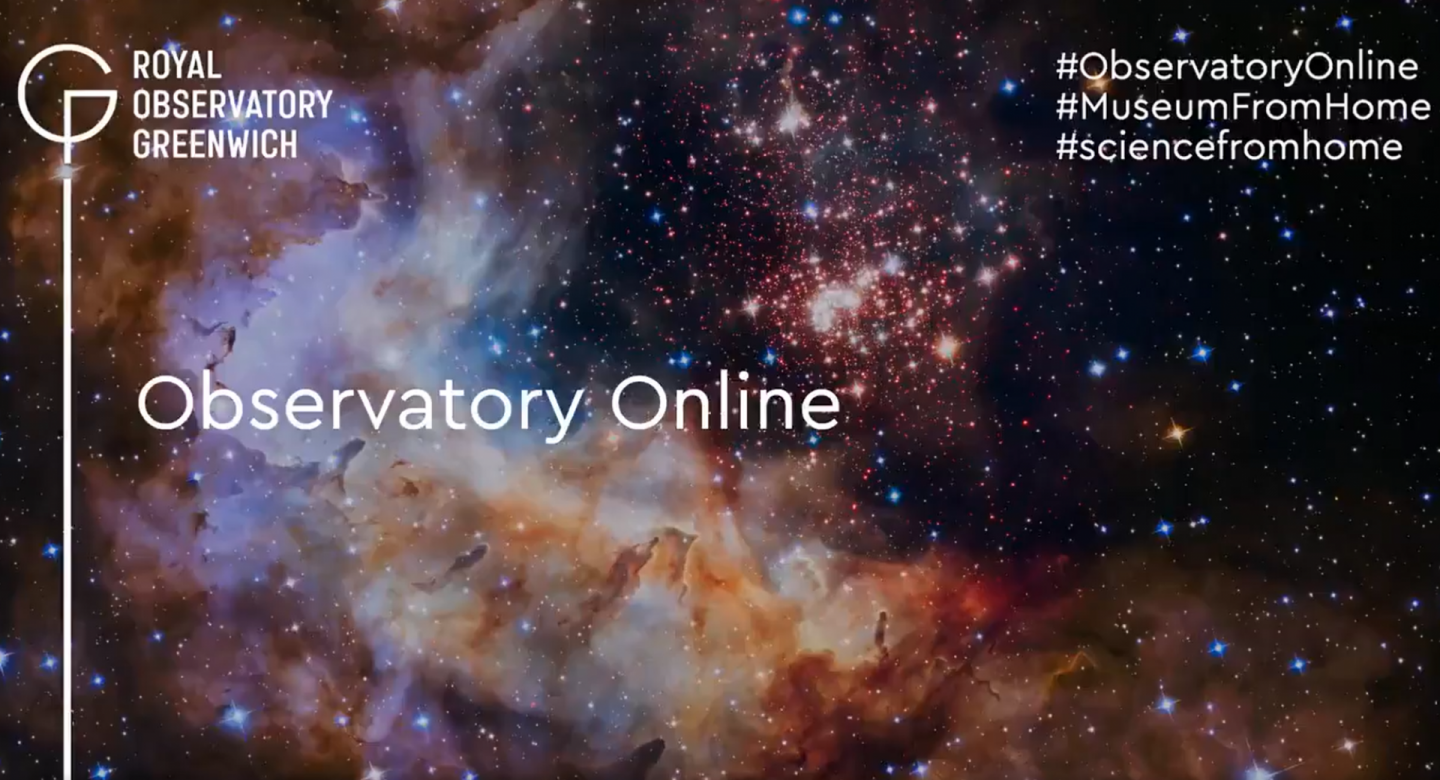
In our new Observatory Online sessions, we will answer your questions about Astronomy. Simply tweet your question to our twitter account, @ROGAstronomers, and we will do our best to answer them. Be sure to add #ObservatoryOnline, #Museumfromhome and #sciencefromhome to your tweet!
Ask an Astronomer
If you are a teacher with a class of curious students who all have space questions, never fear, we can help with that. Fill in our 'Ask the Astronomer' form with your student's questions and we will get back to you as soon as possible. We can also arrange video chats with teachers or groups of teachers to answer questions too. Just fill out the form and instead of adding children’s questions tell us you would like a video chat.
Resources for teachers and students
The Royal Observatory Greenwich's learning team has also created
- Free animated videos that answer the biggest questions in astronomy and free resources to go alongside them.
- A whole host of podcasts featuring interviews with real space scientists, astronauts and active researchers working in UK universities.
- A 'Learning at home' hub which contains a suite of resources for you to use at home and it even has an 'Ask the Astronomer' facility.
